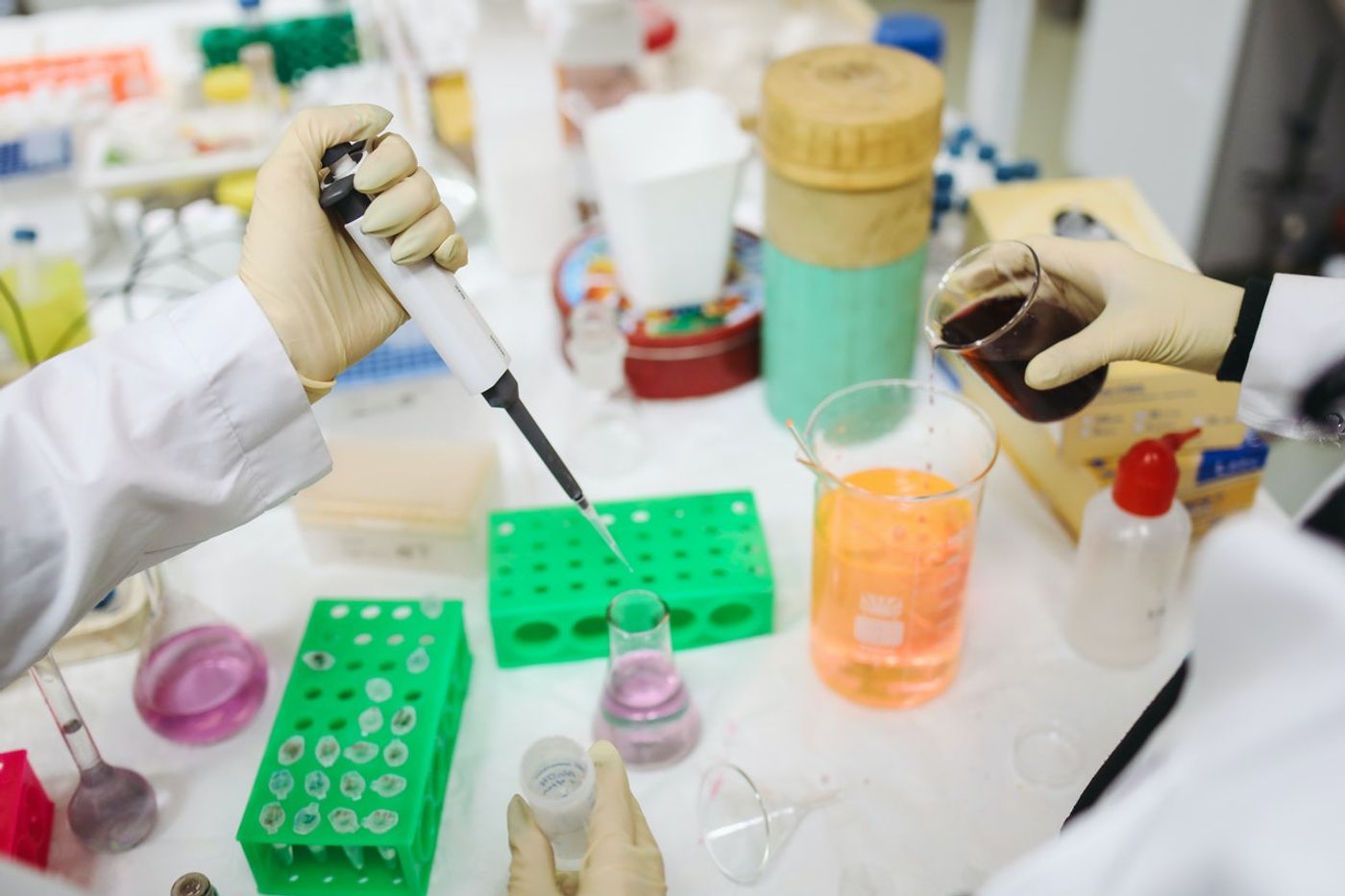How the CRISPR-based COVID Microlab Can Intercept the Pandemic
The demand for diagnostic technologies to track COVID-19 infections and control community spread of the disease has only been skyrocketing since the outbreak initiated almost a year ago. Developed by engineers at Stanford University, a new “lab on a chip” COVID test is slated to fill in the gaps left by existing diagnostic protocols.
For one, it’s far more sensitive and accurate. The so-called microlab detects even trace amounts of coronavirus RNA present in nasal swab samples. It uses electric fields to first isolate RNA from the sample before converting it into DNA that is then amplified. The test has in-built CRISPR-based molecular machinery that scans these nucleic acid sequences to identify if any of them have SARS-CoV-2 origins, which triggers the illumination of a fluorescent probe.
“Our chip is unique in that it uses electric fields to both purify nucleic acids from the sample and to speed up chemical reactions that let us know they are present,” says senior author of the paper, Juan G. Santiago, professor of mechanical engineering at Stanford University. In general, CRISPR-based diagnostics have sparked interest due to their high levels of sensitivity, versatility, and accuracy.
Moreover, instead of conventional tests that can take hours, the whole CRISPR-based method can provide results in around half an hour. Additionally, the researchers state that these tests can be manufactured at large scales in a cost-efficient manner, making it a feasible option for communities to roll out quickly in the event of a spike in case numbers.
“Our test can identify an active infection relatively quickly and cheaply. It’s also not reliant on antibodies like many tests, which only indicates if someone has had the disease, and not whether they are currently infected and therefore contagious,” said the study’s first author, Ashwin Ramachandran.
At its core, the device uses microfluidic technology — the precise control and manipulation of fluids in tiny channels (between 100 nanometers to 500 micrometers in diameter). “The microlab is a microfluidic chip just half the size of a credit card containing a complex network of channels smaller than the width of a human hair,” explained Santiago.
The same principle can be extended beyond the detection of COVID-19 to diagnose infections with other pathogens including E. coli.
“If we want to look for a different disease, we simply design the appropriate nucleic acid sequence on a computer and send it over email to a commercial maker of synthetic RNA. They mail back a vial with the molecule that completely reconfigures our assay for a new disease,” said Ramachandran.
Sources: PNAS, Stanford News.









